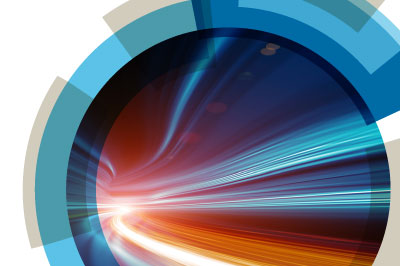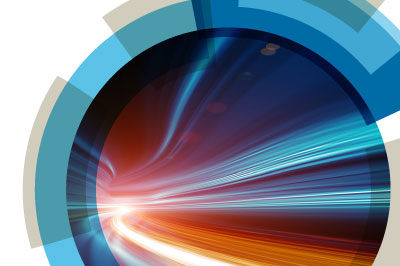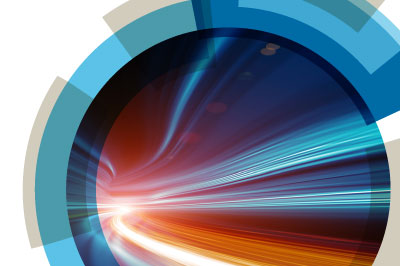Welcome: from this page you can purchase selected video recordings from Water at Interfaces Faraday Discussion that took place in London, 20 - 22 September 2023.
The sales window will be open 13 - 31 January 2025. During this time, click on the 'Book now' button above to purchase.Interested in purchasing conference recordings, but not this particular conference? Let us know your video on-demand needs by clicking on the survey under 'Useful links'.
Faraday Discussions are a unique conference format that priorities discussion. At a Faraday Discussion, the primary research papers written by the speakers are distributed to all participants before the meeting – ensuring that most of the meeting is devoted to discussing the latest research.
This provides a genuinely collaborative environment, where discussion and debate are at the foreground. All delegates, not just speakers, are invited to make comments, ask questions, or present complementary or contradictory measurements and calculations.
See Useful Links for more information about this conference and about Faraday Discussions.
Purchasing videos
Registration will provide you with access to the video recording of selected presentations from the original live conference for approximately five months. You will have have access to the pre-prints providing a full paper for each talk, and to the discussion sessions in that recording.Go to the Registration section below to view the recordings that are available to purchase for this Faraday Discussion. Prior to purchase please view the preview of the recording accessible in the "Useful links" section of this page, so that you are aware of the audio and visual quality.
Deadlines
This is a limited promotion and you will only be able to purchase recordings between 13 - 31 January 2025. If you choose to purchase a video recording of this Faraday Discussion, then you will be able to access the recording between 13 January 2025 - 13 May 2025. After 13 May the recording will expire and you will no longer be able to access it online. Don't miss this opportunity to experience parts of the science shared at this Faraday Discussion for a fraction of the live registration fee.Themes
Dynamics and Nano-Rheology of Interfacial WaterWhile we have made progress in understanding the static properties of interfacial water, water is in motion for many naturally occurring phenomena (raindrops falling, rivers flowing, etc.) and technological applications (water traversing membranes in water purification, desalination). At the nanoscale, the description of water in terms of its macroscopic properties (density, viscosity, etc.) breaks down, and novel concepts and experimental approaches are needed to further our understanding.
Electrified / Charged Aqueous Interfaces
Interfaces are often charged, because of the intrinsic charge of the material interface and membrane interface, as well as the emergence of the counter charge as a response of the water pH. In electrochemistry, charge is applied to drive molecular orientation, charge transfer, and chemical transformation. These interfaces induce ion condensation, generating the electrical double layer – Stern layer and diffuse layer Although it is evident that the molecular organization at electrochemical, electrified interfaces determines the chemistry occurring at these interfaces, the description of these processes still occurs at a mean-field level. Is that sufficient?
Ice Interfaces
Ice is omnipresent in the environment and constitutes an entirely different aqueous interface than that of the liquid. Or does it? The ice-vapor interface starts to be disordered – with reportedly liquid-like properties – above 200 K, much lower than the melting point of bulk ice. This disordered layer is often called the quasi-liquid layer. This quasi-liquid layer plays a critical role in the lubrication of ice surface, gas uptake by ice, and growth of aerosols affecting climate change. Furthermore, ice nucleation process such as heterogeneous ice nucleation which is bound to the material interface affects the biological functions of animals in the cold sea as well as technology aiming at controlling friction of ice.
Soft Matter-Water Interface
Soft matter ranges from the biological membrane interface to the polymer interface. Biological interfaces often are unstable without water; water drives the self-assembly of biological structures, and through the interaction with interfacial water, their biological function emerges. Polymer interfaces allow control over the hydrophobicity/hydrophilicity, and the variation of the interfacial water properties e.g. pH and temperature, alters the formation of polymers, making polymer materials useful for drug delivery and coating. A particularly interesting soft matter-water interface is the interface that originates from liquid-liquid phase separation in aqueous solutions of polymers and intrinsically disordered proteins. All these interfaces have in common that molecular-level insights into the interactions of these interfaces with interfacial water remain unclear.









